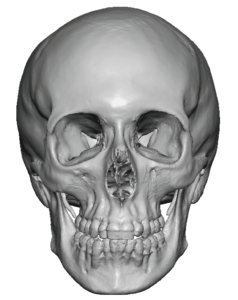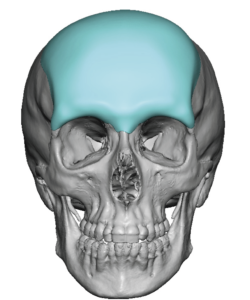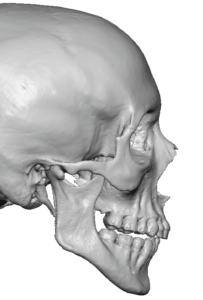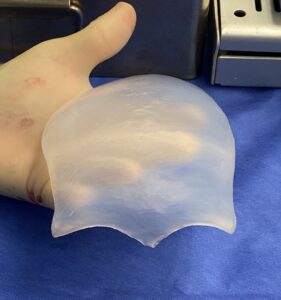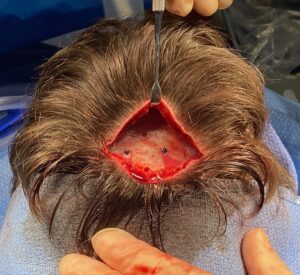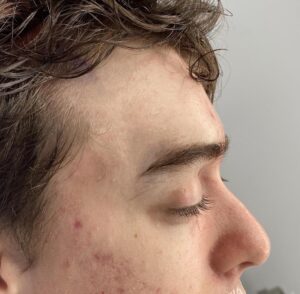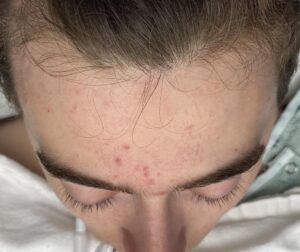Background: The shape of the forehead has well known gender differences. Male foreheads have a slight backward slope, visible brow bones both medially and laterally as well as more width with potentially visible temporal lines at the sides of the forehead. These are forehead characteristics that are far more difficult to surgically create than the rounder and more vertically inclined female forehead that also lacks visible brow bone prominences.
The only way to successfully achieve all of these features in a male forehead augmentation is a custom forehead-brow bone implant design. In designing such an implant key questions are how strong should these features be? In other words how much brow bone projection as well as their shape is needed along with the prominence of the bony temporal lines on the sides of the forehead. There are no absolutes in these dimensions and various factors need to be considered such as size of the patient as well as how strong of a change the patient desires.
One unique type of forehead augmentation change is in the transmale patient. Masculinizing the upper forehead in this type of patient, more times than not, focuses on not trying to make it too strong or overdoing the change. This is, of course, open to interpretation and preoperative computer imaging is the only way to known exactly the type of upper facial augmentation changes the patient is seeking.
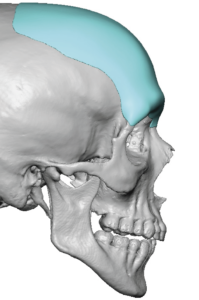
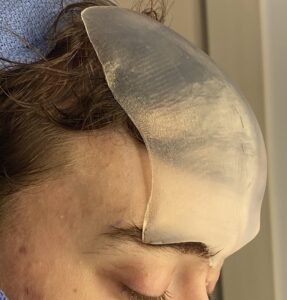
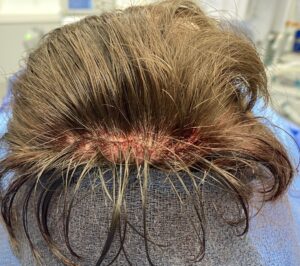
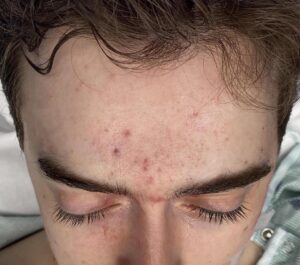
There is a delicate balance between a custom male forehead implant that is too strong or one that is not quite strong enough. More times than not the former will occur as opposed to the latter. As a general rule most males desire brow bone projections 5mms or greater. So when a modest augmentation is desired keep the brow bone projection at 5mms or less and have only faint visible temporal lines to be seen.
Case Highlights:
1) Masculinizing the forehead can be done for both cis-males and transmales with a custom forehead-brow bone implant.
2) The key elements in custom implant design for the male forehead are increased brow bone projection and a slightly wider and flatter forehead shape.
3) Through a small horizontal scalp incision placed near the back portion of the implant an endoscopic dissection is done across the brow bones to ensure that the implant sits low enough at its inferior end.
Dr. Barry Eppley
World-Renowned Plastic Surgeon



